In the quiet exhibition hall, a woman stood before Zhou Wenjing's art installation and burst into tears. It was an art piece that appeared beautiful at first glance. On a light pink silk cloth, gravel, seeds, and stained petals were adhered together with ultrasound gel and allowed to form random wrinkles after drying. Zhou Wenjing initially created this piece to express the abstract state of skin diseases. However, for the woman, it evoked memories of the stretch marks on her body after giving birth.
Her misinterpretation—or, one could say, her reinterpretation—formed a temporal and spatial interweaving with Zhou Wenjing's creation. In "Red Series No.3," she sculpted women soaked in red ink, portraying the authentic state of female pregnancy. Previously, Zhou Wenjing gained public recognition for the "Women Series·IUD" project. Through over 300 copper IUD artworks, she brought visibility to countless women who had chosen intrauterine devices.
Standing within the art exhibition, Zhou Wenjing sought to exercise her "interpretation authority" to redefine the female body, breaking down the isolation of information and experiences, connecting more women together.
This time, OSUGA interviewed Zhou Wenjing, and we sensed the powerful undercurrents beneath her calm narration. Stories about IUDs, pregnancy, and women's health that had been overlooked were now being presented to the world with a fresh perspective.
Removing that IUD-To make female pain visible
Pain. Yet previous experiences taught her that pain was normal.
However, when she watched a video of Zhou Wenjing discussing IUDs, she suddenly realized that this wasn't normal, "We don't have to endure this." In the past fifty years, over 540 million women have worn IUDs. More than 10% of women experience problems after using IUDs, and their pain is rarely discussed.
The intrauterine device (IUD), a contraceptive device placed inside the uterine cavity, has evolved into various shapes over the years. Its mechanism involves inducing inflammation in the local tissues of the uterine cavity, affecting the implantation of fertilized eggs.
Medically, this inflammatory reaction is very mild, and individuals don't usually feel the presence of the IUD, with a side effect rate of only 10%.hall, it continued to thrive in society, garnering continuous attention. However, the introduction of a foreign object into the body can still lead to various adverse reactions, such as abnormal menstruation, bloody discharge, and lower abdominal pain.

Since 2011, when Zhou Wenjing accompanied her mother to have her IUD removed, she intermittently interviewed many women who had used IUDs, delving into the world of IUDs and the overlooked experiences of women's bodies.
Inspired by these real personal stories, in 2014, Zhou Wenjing created the artwork "IUD." Using materials like copper, she replicated the shapes of over 300 real IUDs, placing them delicately on blue velvet to create a "gentle yet cruel" landscape. "IUD" was born in 2014 and initially received the lowest score when presented as a graduation project. However, after leaving the school's exhibition.
"At that time, she was in her thirties and had been wearing the IUD for six or seven years. The process was quite difficult; she changed it three or four times, and they all slipped, leading to pelvic inflammatory disease. This even caused some family conflicts, and she hoped to hear some advice from me to alleviate the problem." These moments made Zhou Wenjing feel surreal. She felt like she was constantly moving between the roles of a doctor and an artist, opening a room for women's mutual assistance in the folded world. In this room, women with IUDs could be seen, and the invisible pain found an outlet.
Most of these women with IUDs were of a certain age. They might not fully understand the complexities of artistic expression, but the most primitive experiences and memories of women's bodies gave them strength through these artworks. That power transcends everything and has convinced Zhou Wenjing that, with art intervening in society, a redefinition of women's bodies is possible.
As a daughter, as a woman-Mother and her bodily experiences

Sitting on the stainless-steel seats in the waiting room, Zhou Wenjing witnessed the prolonged struggle between women and diseases. The hospital became a microcosm of society, and Zhou Wenjing began to perceive that illness is not equivalent to the disease itself.
She started learning about various gynecological diseases, directing her gaze towards the intersection of art and medicine. "These experiences of accompanying my mother to the hospital made me see the cruel and biological side of human beings. I read a lot of medical literature and created a series of works about diseases and the body."
Starting from personal memories, she expanded into shared female experiences. This marked her transformation and gains from a daughter to a woman. In Zhou Wenjing's continuous artistic expressions, her relationship with her mother has also changed.

Her mother, who had worked for decades in the railway group, played the most traditional role of a mother. They rarely communicated, topics of sex and reproduction were never brought up, and her identity as an artist was usually understood as a freelancer or "someone who draws." It wasn't until Zhou Wenjing went to France to study art, using her mother's bodily experiences for her creations, that they truly began to share each other's lives and work, colliding with different generational values.
In France, Zhou Wenjing's first artwork, "Women Series·Warmth," was inspired by and used materials from her mother. She cut out all the clothing labels from her mother's wardrobe between 2004 and 2014, and, like specimens, pinned them in a box, noting the purchase year, clothing style, color, and size beneath each label. Zhou Wenjing said the initial intention of the artwork was to criticize consumerism. In this 1.4m x 1.2m box, there lies the consumption history of an ordinary woman from a third-tier city. "You can see that in certain years, it seems like the family's income was good, they started buying more expensive clothes, and you can even see in there the entry of a fast fashion brand into the purchasing market of third and fourth-tier cities."
Until one day, when the framed piece was hung in the studio, Zhou Wenjing suddenly realized that it was also a portrait of her mother over ten years. The dimensions marked her mother's height and changes in body shape, the style revealed her preferences and professional habits, and the colors could infer her personality. It was a strange feeling; it transcended the conventional communication modes of traditional roles, providing a new perspective that brought them closer in a different way. This feeling is mutual. Zhou Wenjing was surprised to find that her mother also started trying to understand her career and life.
Not long ago, her mother sent her a text message with a passage from "The Moon and Sixpence": Beauty is something wonderful and strange that the artist fashions out of the chaos of the world in the torment of his soul. And when he has made it, it is not given to all to know it. To recognize it you must repeat the adventure of the artist. It is a melody that he sings to you, and to hear it again in your own heart you want knowledge and sensitiveness and imagination. It felt like the convergence of timelines at that moment. With the help of art, they understood each other, and then they walked together into a broader world called "woman."
In the name of "She"-Breaking the isolation of women

She began to reinterpret those seemingly ordinary things in her way, focusing on the more specific aspects of the female body. "Red Series·Wallpaper" focused on skin diseases, "Red Series No.3" portrayed the real state of female pregnancy, "Hyperplasia" addressed breast cancer, and "21 Days of Birth Control Pills" discussed contraceptive methods.
Sometimes, the audience's bodily experiences gave the artworks more meaning. When "Red Series·Wallpaper" was exhibited, originally intended to showcase the pathological condition of skin diseases, a female viewer who had given birth stood in front of the exhibition and cried. She interpreted the artwork as wrinkles on a woman's body after childbirth.
Her misinterpretation, or rather, reinterpretation, formed a temporal and spatial interweaving with Zhou Wenjing's creation. In "Red Series No.3," she sculpted women soaked in red ink, portraying the authentic state of female pregnancy. It's also one of her favorite works. Twelve figures without heads, hands, or legs, removing any personal traits or social symbols, leaving only the body of a pregnant woman, soaked in red pigment for a month, displayed astonishing changes recorded in the images.
After a slight twinge of pain, blood flowed from the slender needle into the tube. Each time blood was drawn, Zhou Wenjing would quietly gaze at this process.
This is but the most inconspicuous crimson experience in a woman's life. "Bleeding is the most ordinary experience the female body undergoes on a biological level, such as menstruation, childbirth, illness, injury, and so on." During her two years in Nantes, France, Zhou Wenjing began creating the "Red" series.
Combining her mother's bodily experiences with her own personal memories, she felt a strong urge to express the connection between female bodies and illness. Red serves as a metaphor for blood, as well as pain, motherhood, and self.
She started to reinterpret the commonplace, focusing on the more specific aspects of the female body. "Red Series·Wallpaper" focuses on skin diseases, "Red Series N°3" presents the authentic state of pregnancy, "Proliferation" addresses breast cancer, and "21 Days of Contraceptives" discusses contraceptive methods.
Sometimes, the audience's personal experiences lend the artwork additional meaning. When "Red Series·Wallpaper" was exhibited, intended to showcase the pathological states of skin diseases, women who had given birth stood in front of the gallery and wept, interpreting the work as the wrinkles that follow childbirth.

Their misinterpretation, or rather, reinterpretation, formed a temporal and spatial intertextuality with Zhou Wenjing's creation. In "Red Series N°3," she sculpted women dyed with red ink, presenting the authentic state of pregnancy. It remains one of her favorite pieces. Twelve figures devoid of heads, hands, or legs, stripped of any individual characteristics and societal symbolism, leaving only the body of a pregnant woman. Immersed in red pigment for a month, astonishing changes were recorded in the images. "At first, the plaster surface was pink, like gentle clouds; when it dried, the red seeped out from the pores, becoming increasingly intense. Finally, yellow and white streaks grew on the plaster surface, resembling the textures of disease."
On the pristine female form, abstract features of some ailment appeared, creating a contradictory sense of beauty. Zhou Wenjing states that pregnancy is not an immaculate process. Behind the idealization and beautification, the female body still exists in a position rejected by obscurantism. Her expression and interpretation aim to unveil this mysterious curtain, allowing the real states of women's bodies to be rediscovered and appreciated.
Zhou Wenjing observed that the feedback from audiences during exhibitions was often an immediate, visceral response. "Wow, this looks good," or "Why is it so intense, so violent?" Some found it "very bloody, don't want to look," and even considered it unbearable. Yet, what she finds more intriguing is why people sometimes avoid discussing this topic. "If a small portion of the audience can take a step further, ponder why they feel this way, it is a kind of success for me."
To stimulate such contemplation and awaken greater awareness of women's experiences, Zhou Wenjing often sets up a women's reading room in the exhibition space. Dozens of books related to women – poetry, theory, prose, biography, fiction – are stored in that small room, passed on and perused by countless visitors. "Many people come to see the exhibition, really spend an entire day in the gallery. I've never seen anyone able to spend a whole day in an exhibition hall. After seeing the exhibition, they go to the room to read, both men and women, older people too, but there are more young women."
In the past, Zhou Wenjing traveled between different cities to organize exhibitions. During this process, she also met many outstanding women from various fields. In the future, she hopes to gather female strength and create a women's forum for discussion and reflection, making feminism more visible and expanding more female spaces. Looking back from a historical perspective, the female body is a complex and subtle domain. In the past, many things happened here, many things disappeared, and there was much that was forgotten and misunderstood. But now, the situation is beginning to change. More women are coming together, interpreting "her" in the name of "they." Zhou Wenjing's artistic expression will also reinterpret those unspeakable experiences and overlooked pains of women.
In a sense, Zhou Wenjing is more like a guardian. The works and spaces she creates, like a lighthouse, guide the scattered islands in the sea until the light becomes brighter and the path becomes wider.
—Until they become a vast archipelago of women.
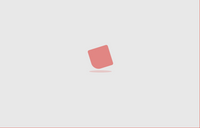









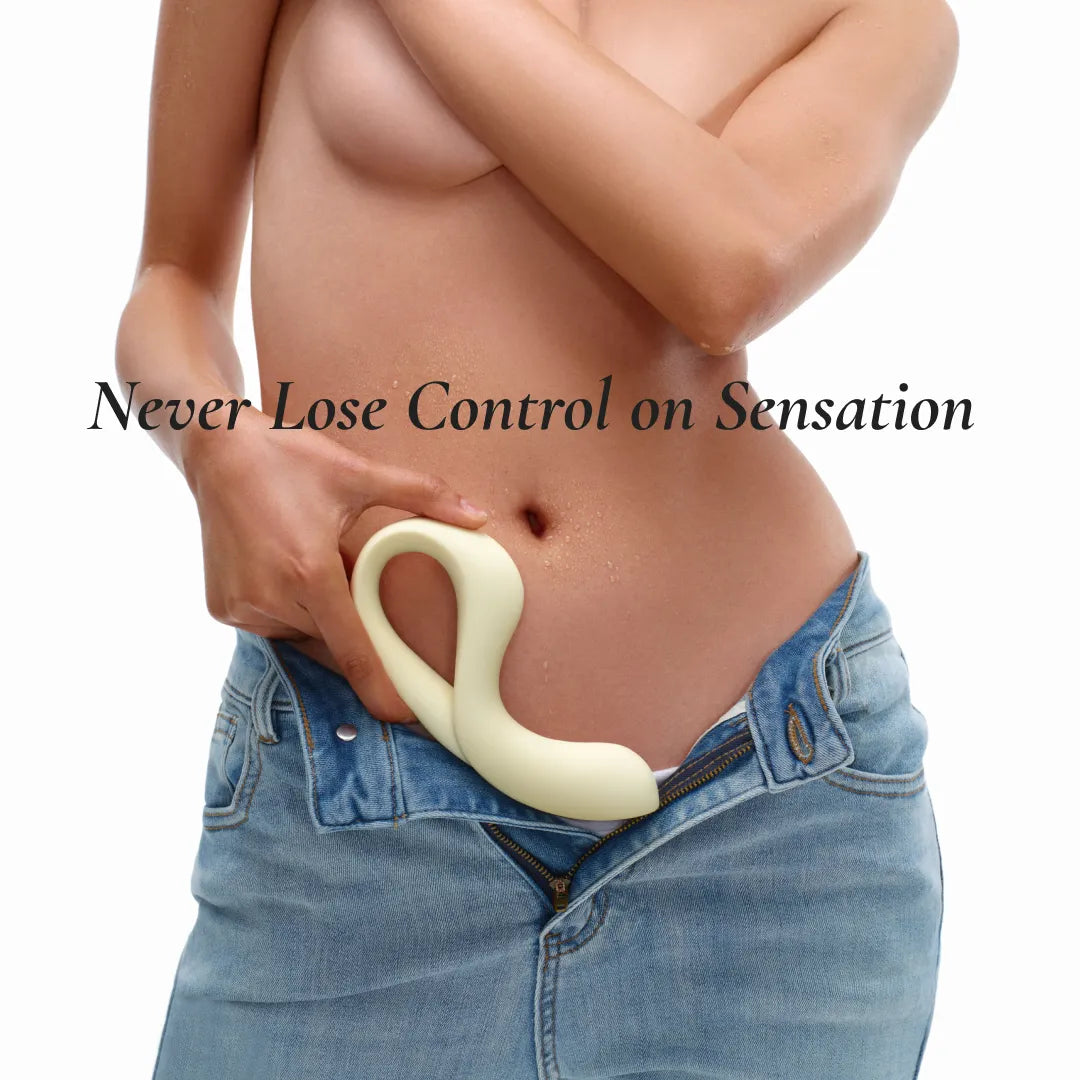




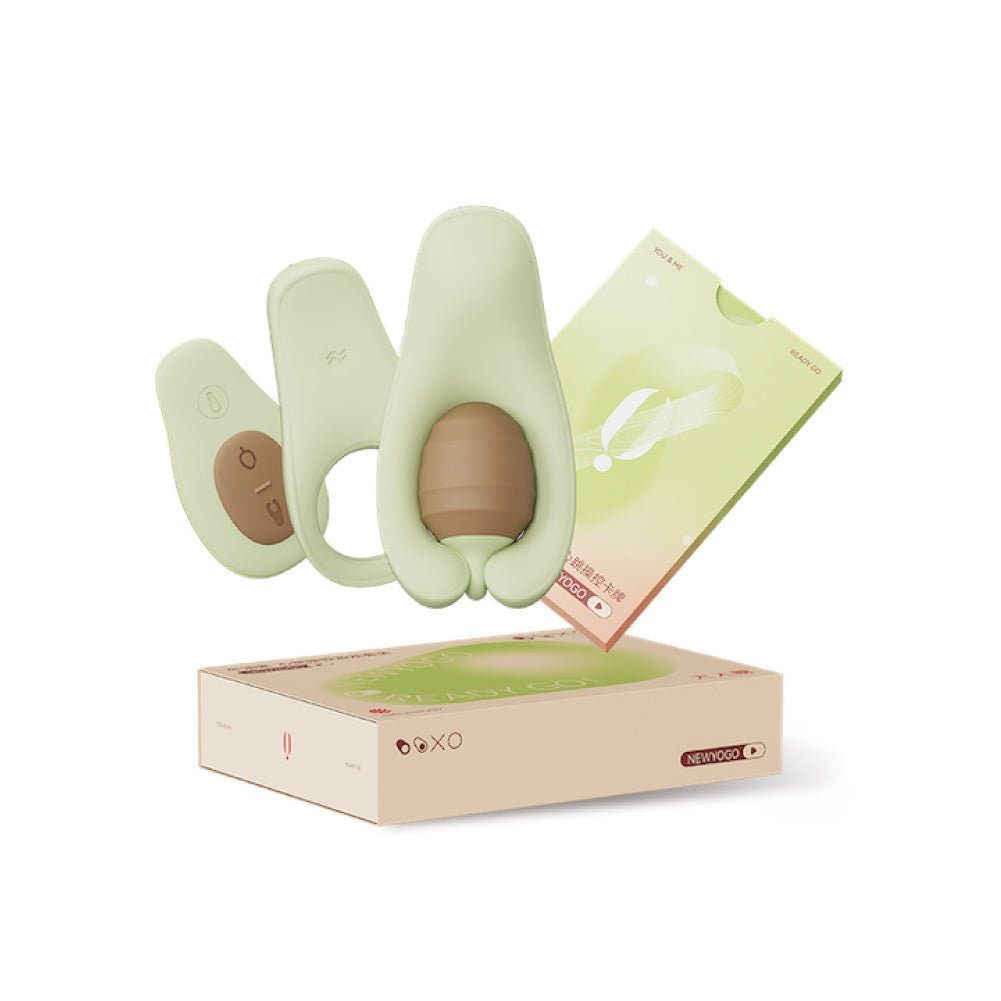







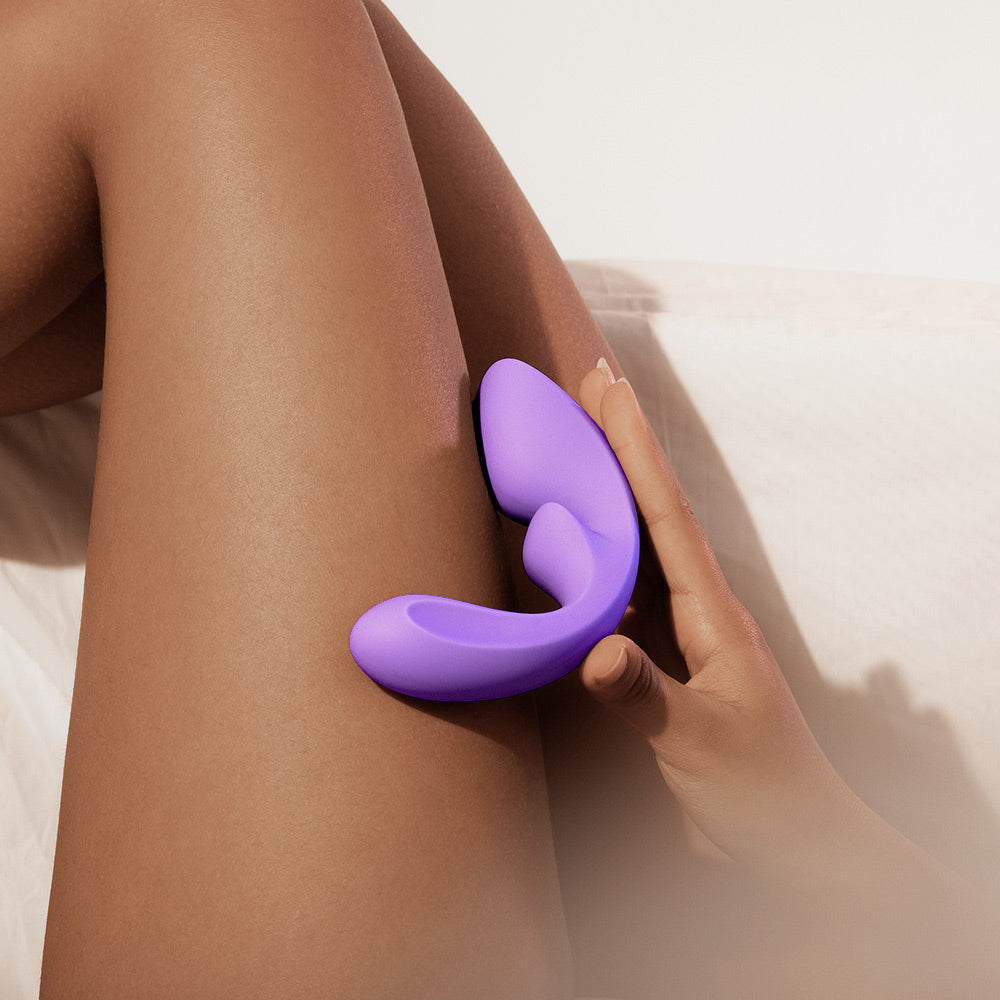
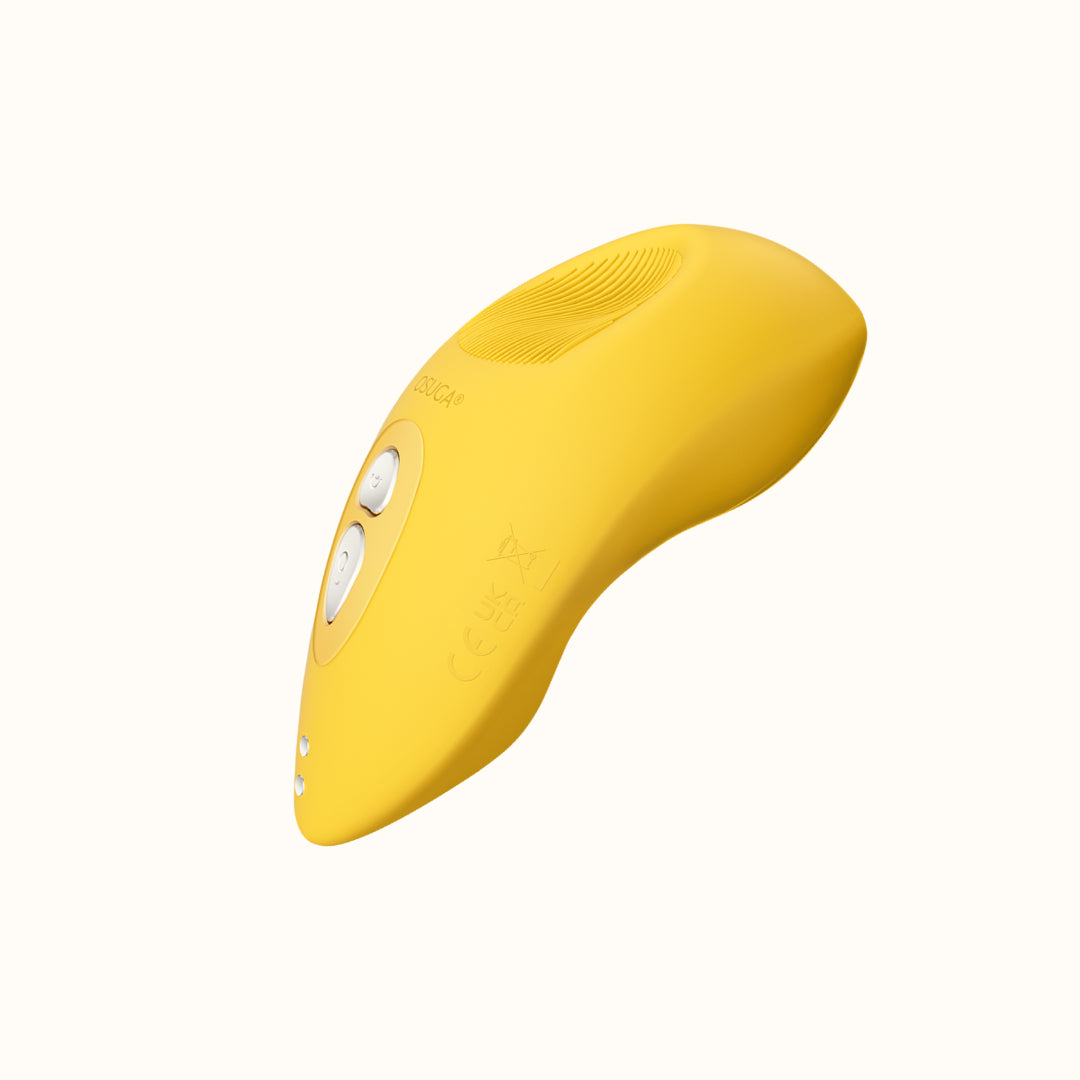
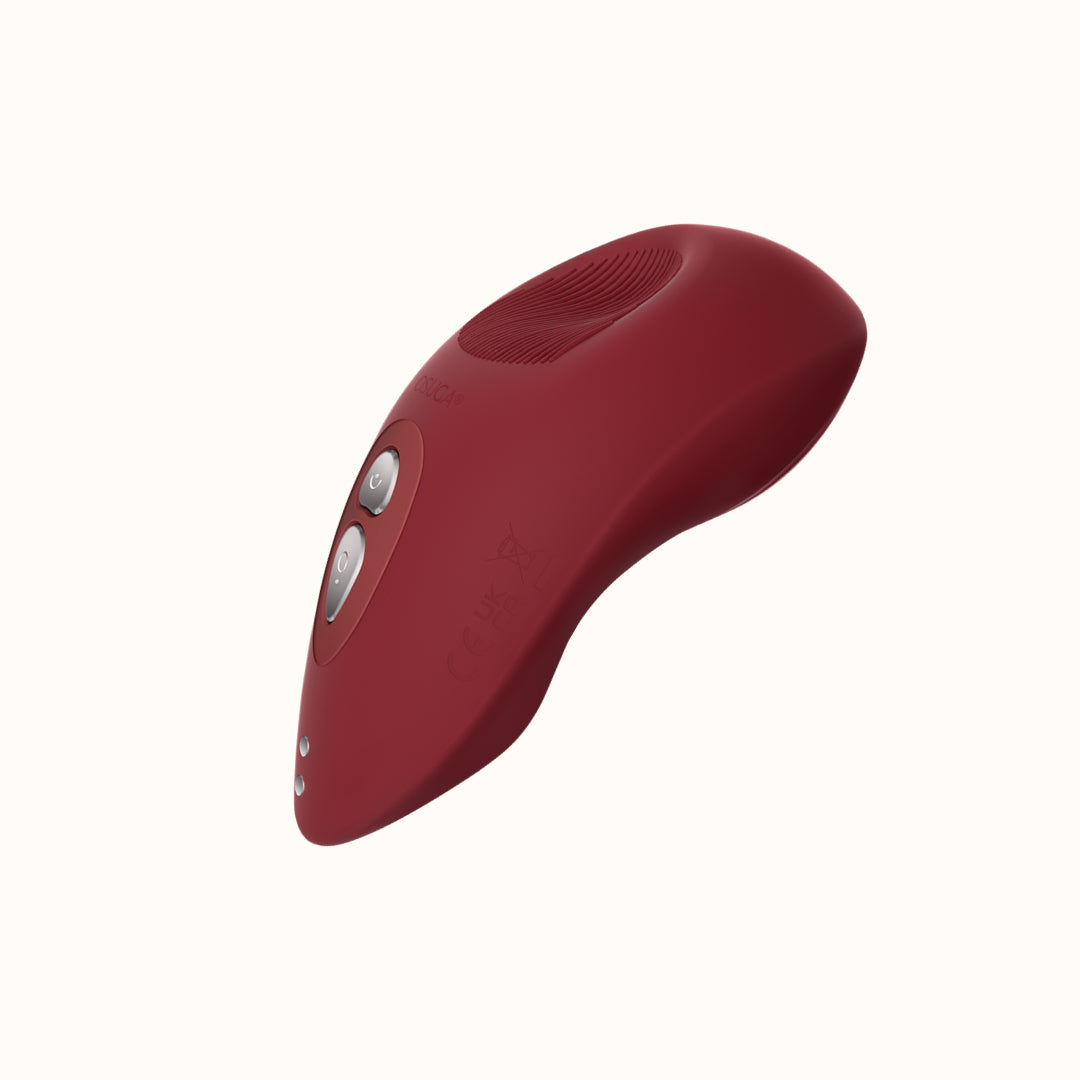
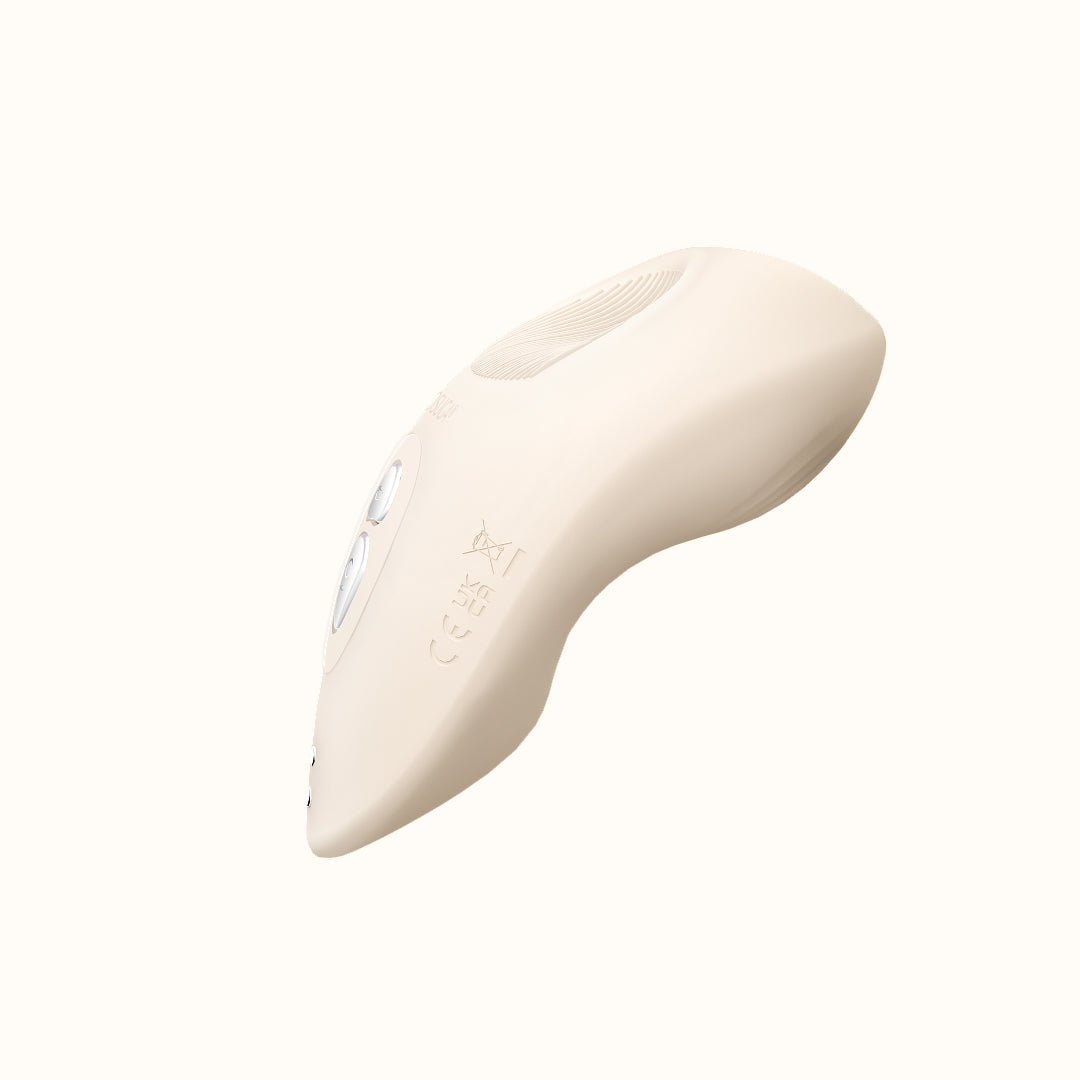

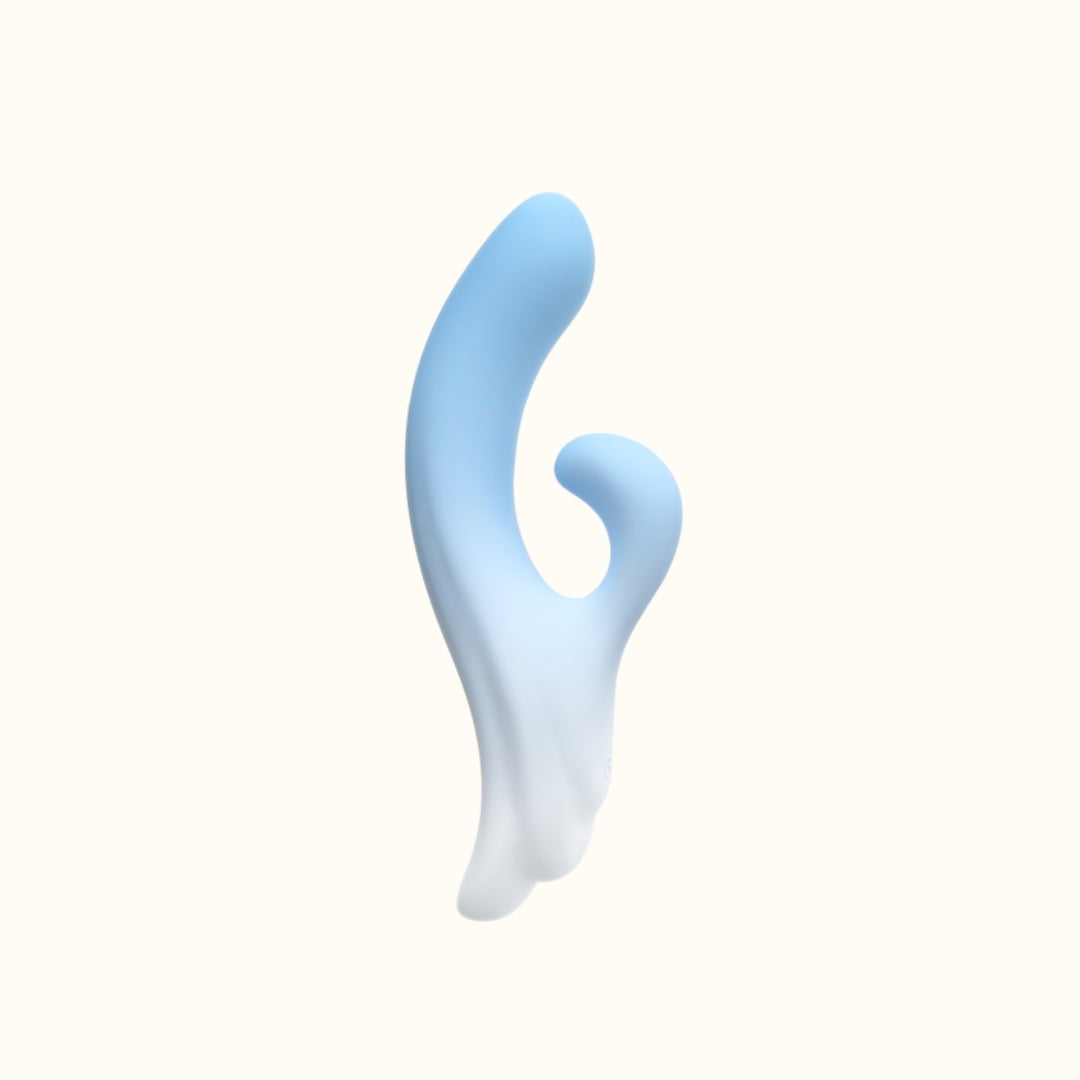
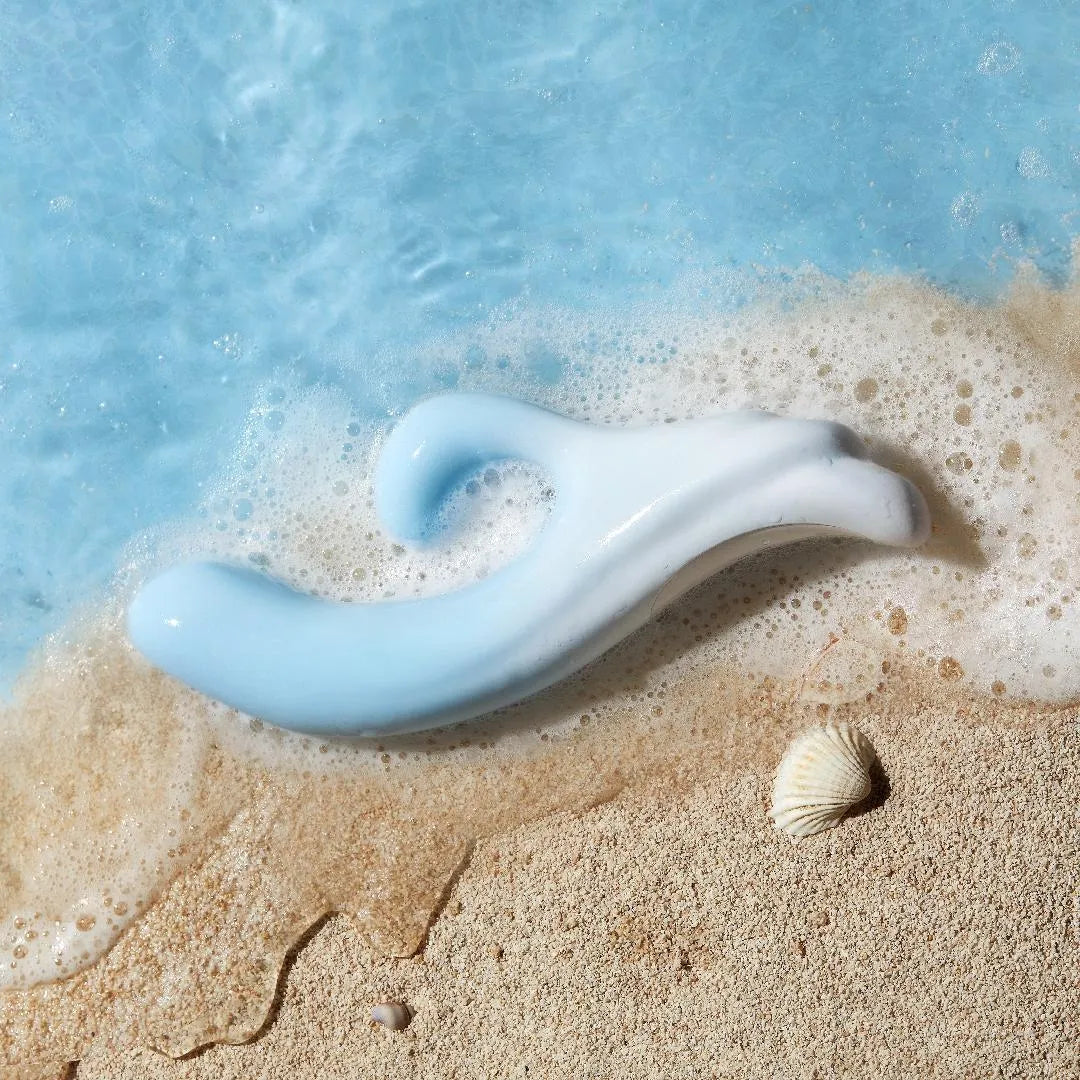

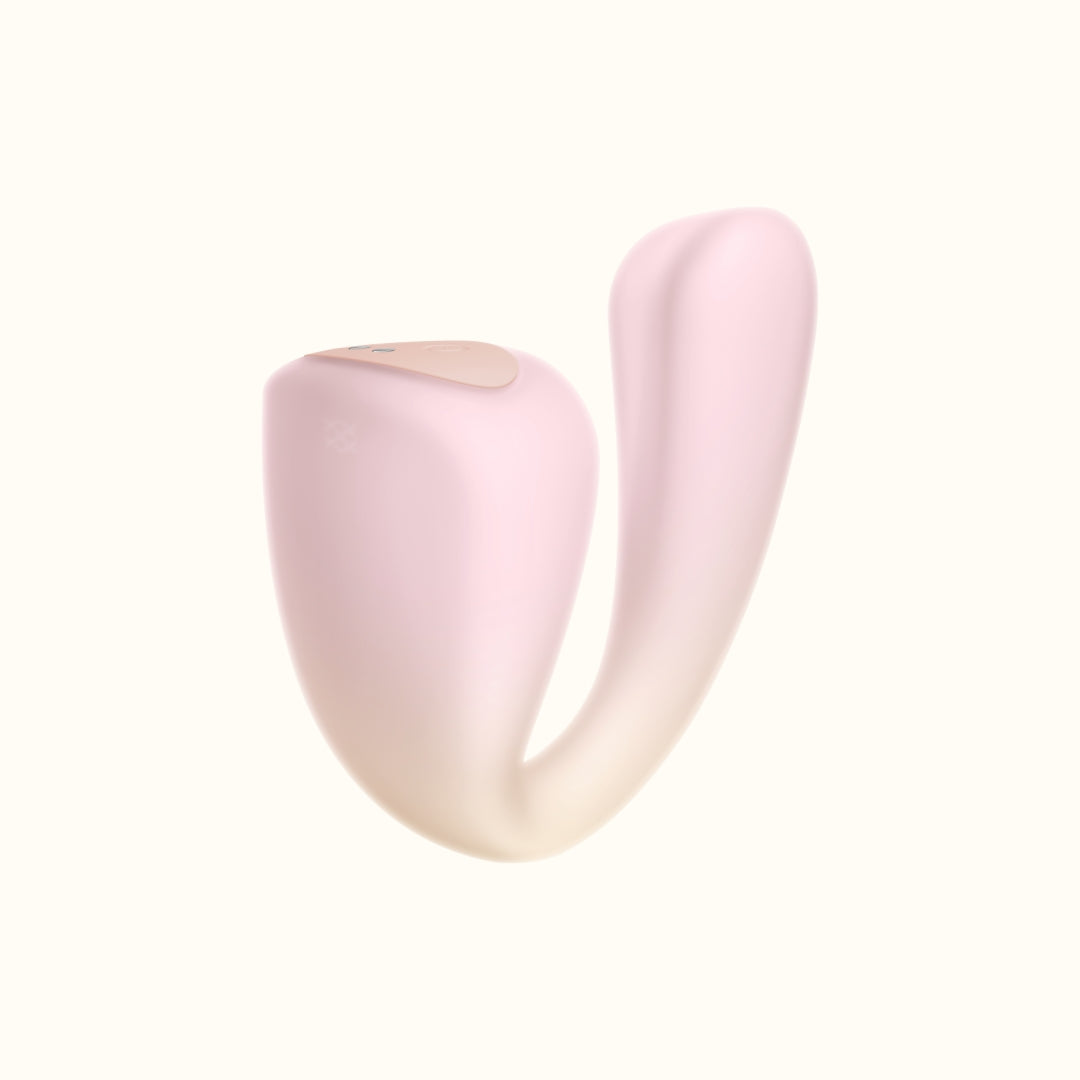
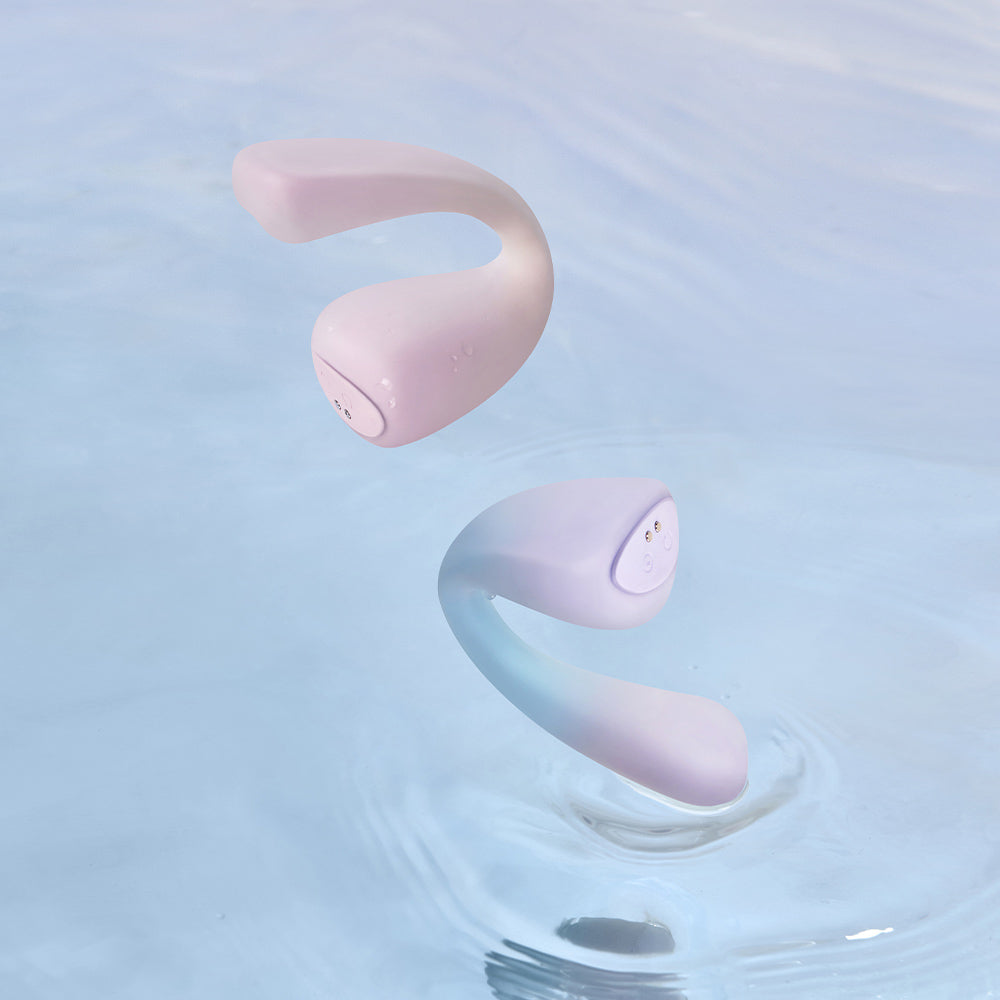

















Leave a comment